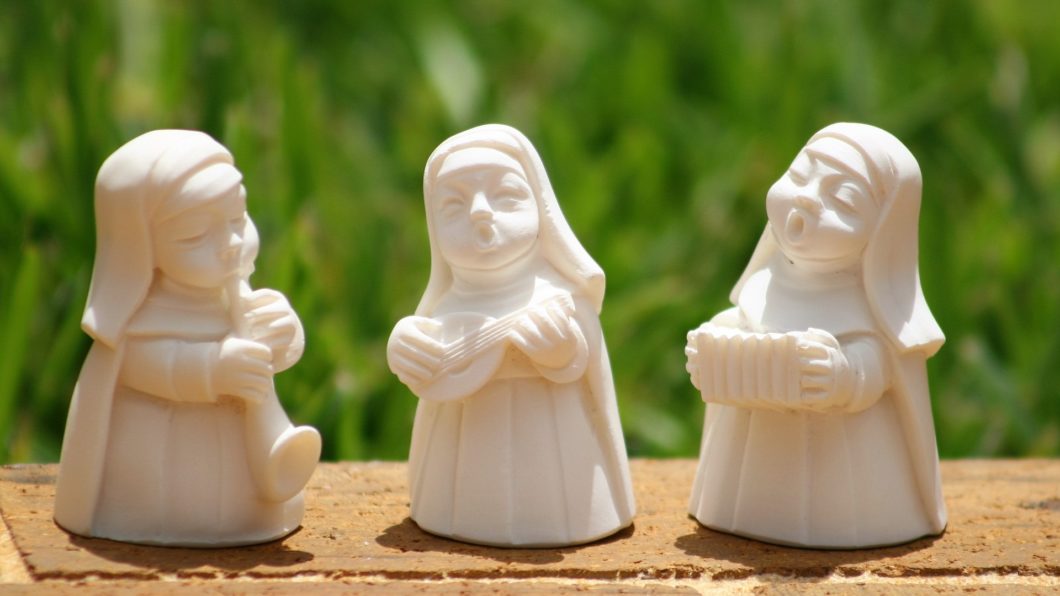
Judging Digital Editions and Early Modern Women by their Covers

Because Editing Early Modern Women was published in 2016, in their essay “Editing Early Modern Women in the Digital Age,” Patricia Pender and Rosalind Smith are able to write about “Paul Salzman’s award-winning online edition of Lady Mary Wroth’s Pamphilia to Amphilanthus,” one of the digital sites that have emerged in the past decade, they write, “that present smaller-scale scholarly digital editions of particular early modern women’s works” (264) [which web page, one can learn by scrolling down to the footer, was “last generated: 15/06/2012” (“maintained by Gary Allan” with “content approved by Paul Salzman”)]; conversely, Pender and Smith could not possibly have written about Leah Knight and Wendy Wall’s dazzling Pulter Project, copyrighted two years after the publication of EEMW, in 2018, according to the webpage’s footer. While Salzman’s edition of Pamphilia is pure function, The Pulter Project marries form and function so that I am almost distracted by how beautiful the web design is, captivated by the white text with gold trimmings on black background of the main web pages and drawn into the manuscript “Curations” that pop out of the dark background, illuminating Pulter’s poetry (in this case, “The Wish”). The beauty of the website pulls me, who never read Pulter until being assigned to read The Pulter Project for this class, into the poetry in a way that makes me want to keep returning to it. Both Salzman’s Pamphilia and The Pulter Project do as Pender and Smith describe: They shift “editorial focus towards the reader, collaboration, and authorial instability” emphasizing “the text’s material properties, modes of transmission” (259) (I am not sure if both of these sites emphasize the texts’ “place in social networks of readership and exchange,” as Pender and Smith write, until I delve deeper into their supplemental information such as textual and critical introductions, etc.). In Wroth’s Pamphilia, instability is showcased via a simple use of columns which the user can select or deselect to read the Folger and manuscript (PA) transcriptions, modernizations, as well as the Folger image, side by side, a definite service to the reader; in The Pulter Project, the user can toggle between Elemental, Amplified, and Manuscript views (if available), and Notes. Doubtless, if the aesthetic differences were not addressed in the class, students might unconsciously, at least, form opinions of the quality of Wroth and Pulter’s poetry based on appearance alone, as it appears that Pulter’s work is worth the time, funding, energy and care taken to produce such a beautiful version, versus Wroth’s essentially digitized Excel spreadsheet. While it is clear due to the seemingly endless downward scrolling required for reading Wroth’s sonnets versus the click-and-the-poem-pops-up aesthetic for Pulter’s poems, that the former is a product of 2012 and the latter of 2018, both electronic editions provide valuable service(s) to their target readership–which I appreciate even more now that I have struggled to read Gertrude More’s handwriting.
Works Cited

